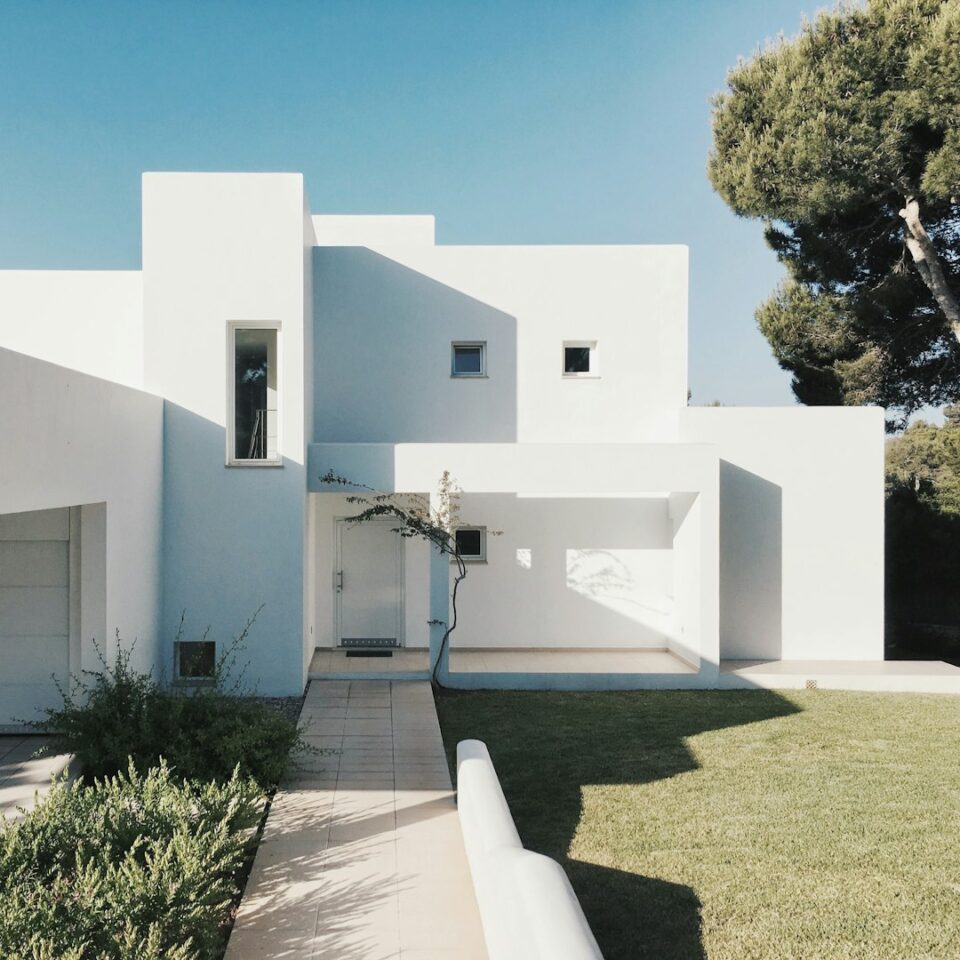As the world continues to grapple with the effects of climate change and environmental degradation, the need for sustainable and eco-friendly homes is becoming increasingly apparent. With a growing awareness of the need to reduce our carbon footprint and preserve the planet for future generations, more and more people are turning to sustainable building practices and eco-friendly materials when designing and constructing their homes. In this blog post, we will explore the future of sustainable and eco-friendly homes, discussing the latest trends, innovations, and technologies that are shaping the way we live.
One of the key trends in sustainable housing is the use of renewable energy sources to power homes. Solar panels, wind turbines, and geothermal heating systems are just a few examples of the renewable energy technologies that are becoming increasingly popular in sustainable home design. These systems allow homeowners to generate their own clean energy, reducing their reliance on fossil fuels and lowering their carbon emissions. In addition to benefiting the environment, renewable energy systems can also save homeowners money on their energy bills in the long run.
Another important trend in sustainable home design is the use of eco-friendly building materials. Traditional building materials such as concrete and steel have a significant impact on the environment due to their high carbon emissions and resource-intensive production processes. In contrast, eco-friendly materials such as bamboo, reclaimed wood, and recycled glass are sustainable alternatives that have a lower environmental impact. These materials are not only better for the planet, but they can also create healthier living environments for homeowners by reducing exposure to harmful chemicals and toxins.
In addition to using renewable energy sources and eco-friendly materials, sustainable homes are also incorporating innovative technologies to increase energy efficiency and reduce waste. Smart home systems, for example, allow homeowners to monitor and control their energy usage from anywhere, helping them to optimize their energy consumption and reduce their carbon footprint. Energy-efficient appliances, LED lighting, and advanced insulation systems are also becoming standard features in sustainable homes, helping to lower energy bills and minimize environmental impact.
One of the most exciting developments in sustainable housing is the rise of passive house design. Passive houses are ultra-efficient homes that are designed to maintain a comfortable indoor temperature year-round without the need for traditional heating or cooling systems. These homes are built using a combination of super-insulated walls, triple-glazed windows, and airtight construction techniques to minimize energy loss and maximize energy efficiency. By harnessing natural sources of heat and light, passive houses can drastically reduce energy consumption and create a healthier, more comfortable living environment for occupants.
The future of sustainable and eco-friendly homes is also being shaped by advancements in green building certifications and standards. Organizations such as the U.S. Green Building Council and the International Living Future Institute have developed rigorous certification programs that recognize and promote sustainable building practices. Homeowners who choose to build or renovate their homes according to these standards can earn certifications such as LEED (Leadership in Energy and Environmental Design) or Living Building Challenge, demonstrating their commitment to sustainability and environmental stewardship.
As the demand for sustainable and eco-friendly homes continues to grow, governments, developers, and building professionals are also taking steps to promote green building practices and make sustainable housing more accessible to a wider audience. Incentives such as tax breaks, grants, and subsidies are being offered to encourage homeowners to invest in renewable energy systems and energy-efficient upgrades. Sustainable housing developments are also being built in urban and rural areas alike, offering affordable, eco-friendly housing options to a diverse range of residents.
In conclusion, the future of sustainable and eco-friendly homes is bright and promising. With the increasing awareness of the need to protect the environment and combat climate change, more and more people are embracing sustainable building practices and eco-friendly materials when designing and constructing their homes. By harnessing renewable energy sources, using eco-friendly building materials, and incorporating innovative technologies, homeowners can create homes that are not only better for the planet but also healthier and more energy-efficient for themselves and their families. As we look ahead to the future, it is clear that sustainable housing will play a key role in building a more sustainable and resilient world for generations to come.


